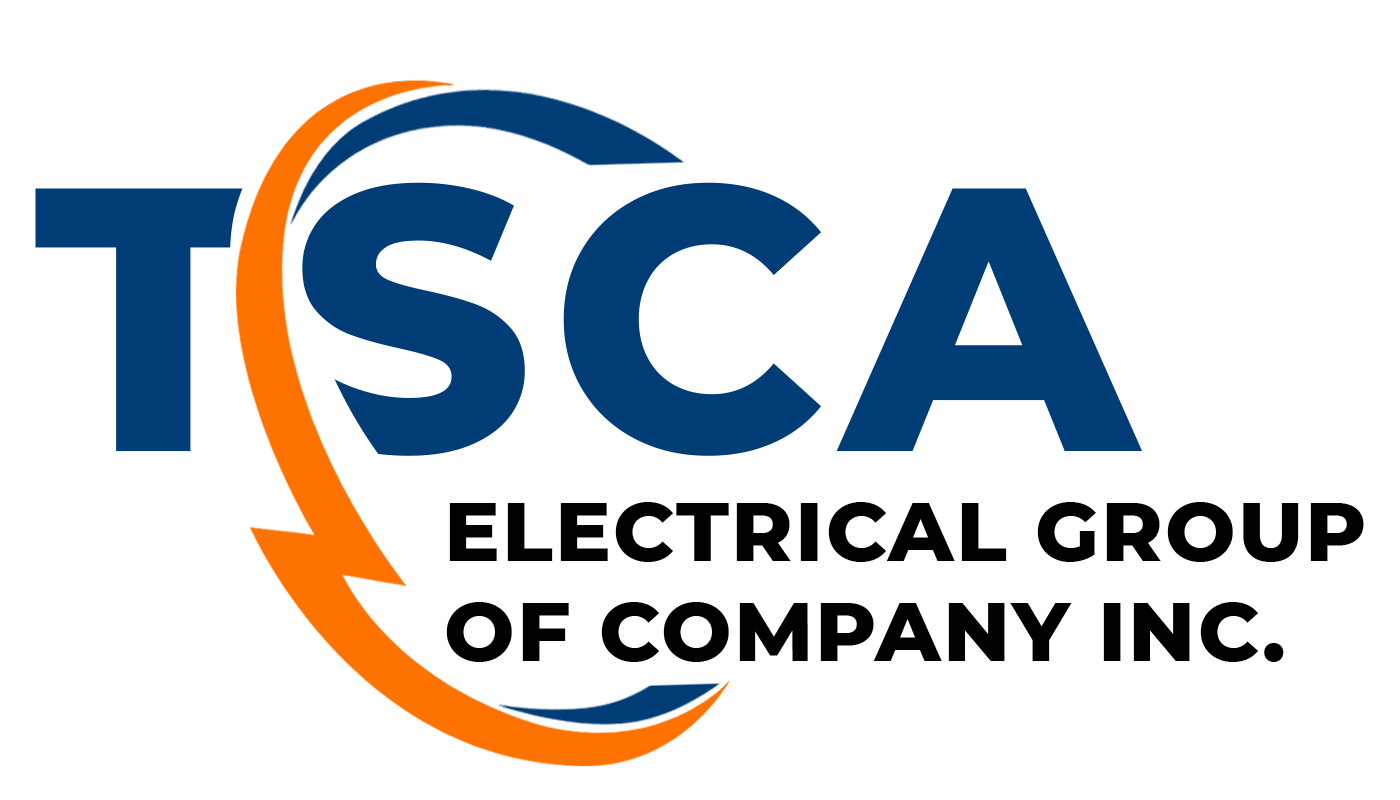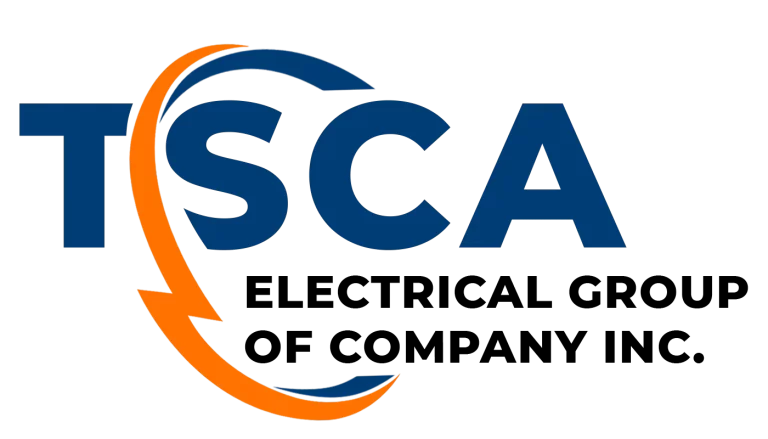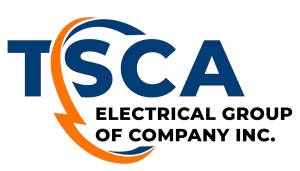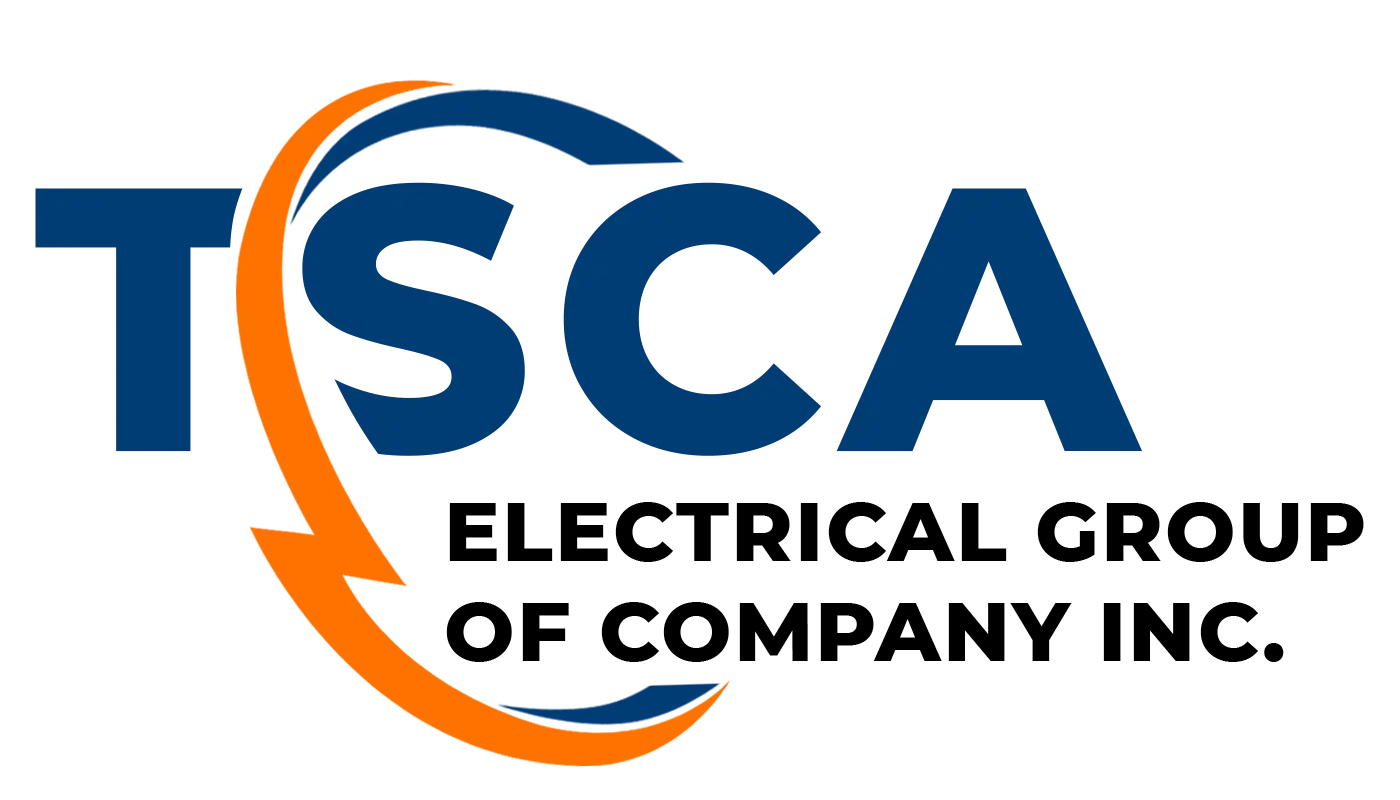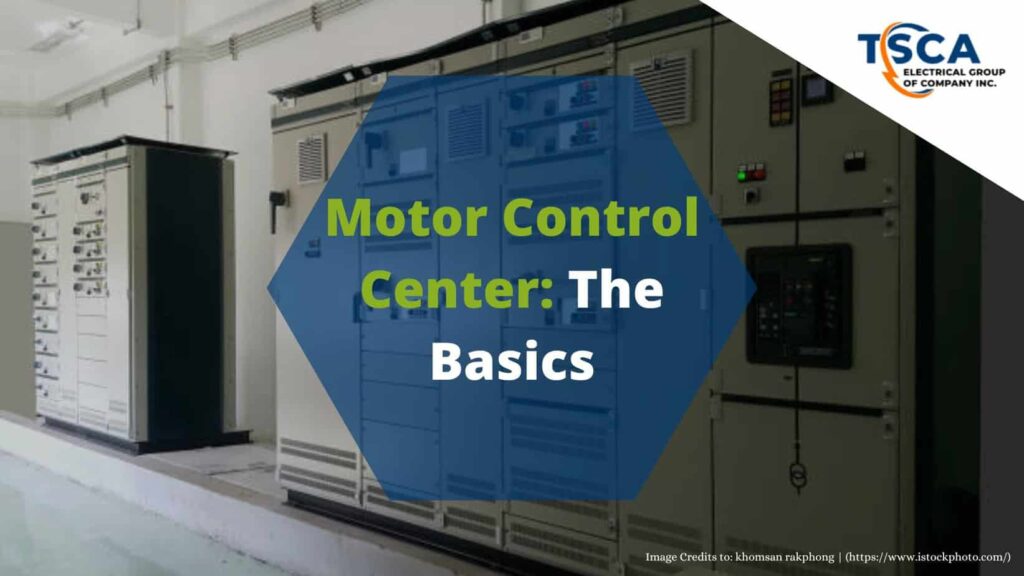Motor Control Center or MCC is an assembly to control some or all electric motors in a central location. It consists of multiple enclosed sections having a common power bus and with each section containing a combination starter; which in turn consists of motor starter, fuses or circuit breaker, and power disconnect. A motor control center can also include push buttons, indicator lights, variable-frequency drives, programmable logic controllers, and metering equipment. It may be combined with the electrical service entrance for the building.
MCC’s are typically found in large commercial or industrial buildings where there are many electric motors that need to be controlled from a central location, such as a mechanical room or electrical room.
“The most basic type of AC motor control, for example, involves turning the motor on and off. This is often accomplished using a motor starter made up of a contactor and an overload relay.“
The contactor’s contacts are closed to start the motor and open to stop the motor. This is accomplished electromechanically using start and stop push buttons or other pilot devices wired to control the contactor.
The overload relay protects the motor by disconnecting power to the motor when an overload condition exists. Although the overload relay provides protection from overloads, it does not provide short-circuit protection for the wiring supplying power to the motor. For this reason, a circuit breaker or fuses are also used.
“Typically one motor starter controls one motor. When only a few geographically dispersed AC motors are used, the circuit protection and control components may be located in a panel near the motor.”
Motor Control Center Voltage Ranges
Motor control centers are usually used for low voltage three-phase alternating current motors from 208 V to 600 V. Medium-voltage motor control centers are made for large motors running at 2300 V to around 15000 V, using vacuum contactors for switching and with separate compartments for power switching and control.
Usage
Motor control centers have been used since 1950 by the automobile manufacturing industry which used large numbers of electric motors. Today they are used in many industrial and commercial applications. Where very dusty or corrosive processes are used, the motor control center may be installed in a separate air-conditioned room, but often an MCC will be on the factory floor adjacent to the machinery controlled.
Motor Control Center Components
A motor control center consists of one or more vertical metal cabinet sections with power bus and provision for plug-in mounting of individual motor controllers. Very large controllers may be bolted in place but smaller controllers can be unplugged from the cabinet for testing or maintenance. Each motor controller contains a contactor or a solid-state motor controller, overload relays to protect the motor, fuses or a circuit breaker to provide short-circuit protection, and a disconnecting switch to isolate the motor circuit. Three-phase power enters each controller through separable connectors. Moreover, the motor is wired to terminals in the controller. Motor control centers provide wire ways for field control and power cables.
Motor Control Center Specifications
Each motor controller in an MCC can be specified with a range of options such as separate control transformers, pilot lamps, control switches, extra control terminal blocks, various types of thermal or solid-state overload protection relays, or various classes of power fuses or types of circuit breakers. A motor control center can either be supplied ready for the customer to connect all field wiring, or can be an engineered assembly with internal control and interlocking wiring to a central control terminal panel board or programmable controller.
Fire Protection
Motor control centers usually sit on floors, which are often required to have a fire-resistance rating. Firestops may be required for cables that penetrate fire-rated floors and walls.
—
Thanks for reading Motor Control Center: The Basics, visit our blog page for more articles. We would love to hear about your electrical needs. Furthermore, please feel free to email or call us. Someone from our team will respond to your request right away. Feel free to get in touch with us.
1st Source(s): https://en.wikipedia.org/wiki/Motor_control_center
2nd Source(s): https://electrical-engineering-portal.com/
Images used in the Featured Image is Credited to: istockphoto.com | khomsan rakphong
“No copyright infringement is intended”

